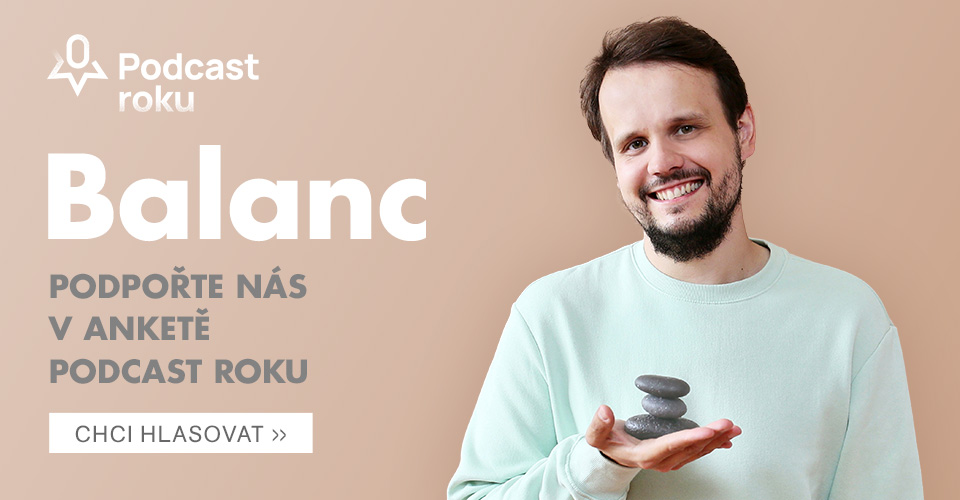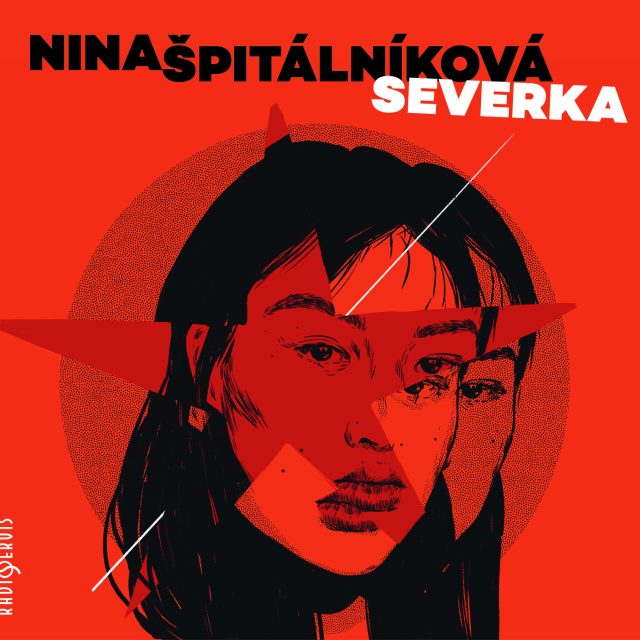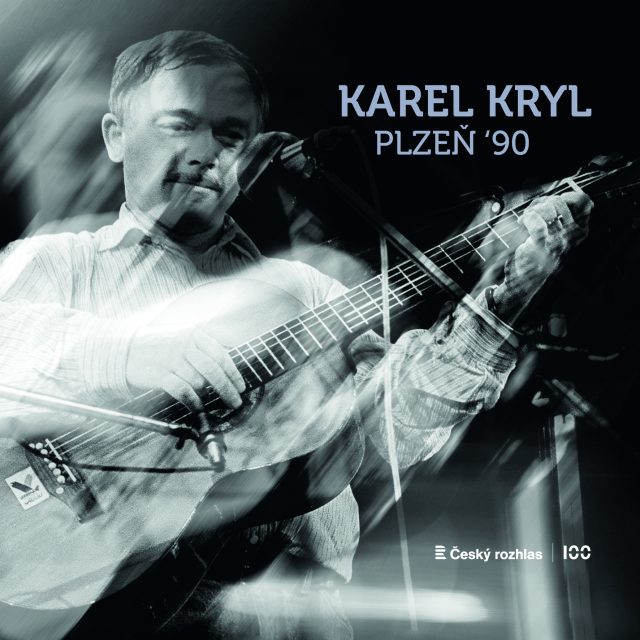“The policeman shot my friend three times.” What exactly happened on the island of Utøya and in Oslo?
Friday 22 July, 2011 began as a normal Norwegian summer day. Everything changed just after 3pm, when a white van pulled up to a government building in the center of Oslo. This set into a motion a series of events that forever altered Norway. Episode 1 of the seven-part podcast series Surviving Utoya and Oslo tells the horrific story of what exactly happened that day. Against the backdrop of official news reporting, the story is told by those who experienced it firsthand.
“It was a day with a little bit of rain,” recalls security guard Tore Inge, who was working at the main government building in Oslo at the time. At 3:17pm, a white van stopped in front of the Prime Minister’s office. “’We got a call from the reception, they said there was a van parked outside but they didn’t see the driver. And so I started looking at the CCTV footage,” explains Tore Inge. As he was examining the license plate through the camera, the van exploded. It contained nearly a ton of explosives. “I was in my office. Suddenly there was this large, enormous noise. I just stood there, unable to do anything. I looked down at my hands. They were shaking. Enormously. A lot of debris and lamps had fallen down,” recounts now 57-year-old administrator Nille, who was just tens of meters from the explosion’s epicenter. “After the explosion, there was chaos. Outside, it looked like a war zone. There was broken glass everywhere, and dead people, wounded people,” adds Tore Inge. The explosion in the government quarter cost eight people their lives.
Around 4pm, news of the explosion reached the island of Utøya – roughly a half-hour drive from the capital – where nearly 600 young people were taking part in a summer camp. It was a camp that was organized yearly by the youth branch of the ruling Labour Party. While the campers, mostly children, were trying to figure out what had happened and if there friends and relatives were alright, they heard the first gunshots.
On the afternoon of July 22nd, 2011, the roughly-thirty-year-old Norwegian far-right extremist Anders Behring Breivik detonated nearly a ton of explosives in a white van parked in the government quarter in the center of Oslo. He killed eight people. Less than two hours later on the island of Utoya, amidst a summer camp organized by the youth wing of the then-ruling Labour Party, he shot dead 69 young people.
“I was sitting in the main building. All of a sudden, there were several gunshots and a crowd of people ran inside,” remembers Tore, who was just over twenty at the time. “We saw someone come up over the hill. He was wearing a police uniform, so no one was initially scared of him. Until he started shooting,” recounts Cecilie. Fair-haired lawyer Jorgen adds: “We were at the tent area. We saw a huge crowd of people running toward us. We couldn’t stop them. They were running in panic. When they ran past us, a police officer came walking over. So I went towards him. When I was about 15 meters from him, my friend came up to him first. He shot her three times.”
First reports of the shooting on Utoya island were meanwhile reaching the camper’s parents and families. They were in disbelief. “We went to pick up some sushi for dinner. And that’s when we heard about the shooting on Utoya. I had spoken to Cecilie a bit earlier and I knew her phone was out of battery. So I had no way of contacting her to find out if she was alive or not,” recalls Cecilie’s mother Eileen. Unni, mother of 16-year-old Andrine, found out about the attacks directly from her daughter. “She phoned me, and then she cried: ‘Mom, someone is shooting here!’ I went to my husband: ‘Andrine says there’s a shooting on Utoya. It’s crazy. It cannot be true.’”
From the first gunshot to the arrival of the police and the arrest of the assailant, more than an hour and 15 minutes went by. The terrorist murdered 69 young people and injured tens of others. Why did the police arrive so late? Who was the attacker and what was his motivation? And how did Norwegian society react in the immediate aftermath of the attacks? Listen to the first episode of the podcast series Surviving Utøya and Oslo.
The series was created in cooperation with the production company Subjektiv, with the support of the Norway Grants and in partnership with the 22 July Center in Oslo.
Více z pořadu
Mohlo by vás zajímat
E-shop Českého rozhlasu
Kdo jste vy? Klára, nebo učitel?
Tereza Kostková, moderátorka ČRo Dvojka
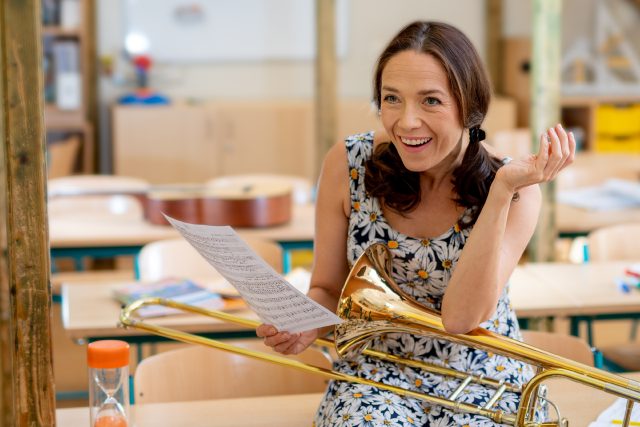
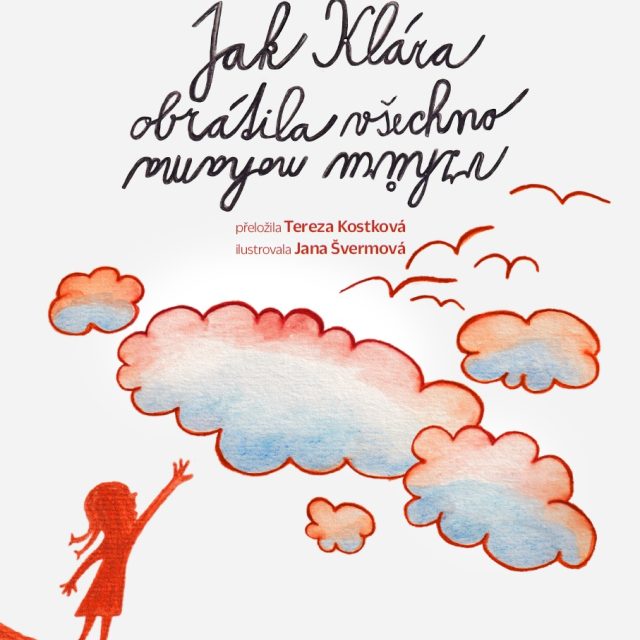
Jak Klára obrátila všechno vzhůru nohama
Knížka režiséra a herce Jakuba Nvoty v překladu Terezy Kostkové předkládá malým i velkým čtenářům dialogy malé Kláry a učitele o světě, který se dá vnímat docela jinak, než jak se píše v učebnicích.

